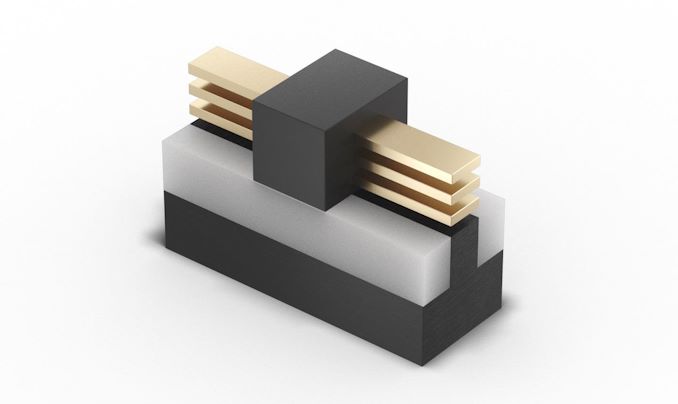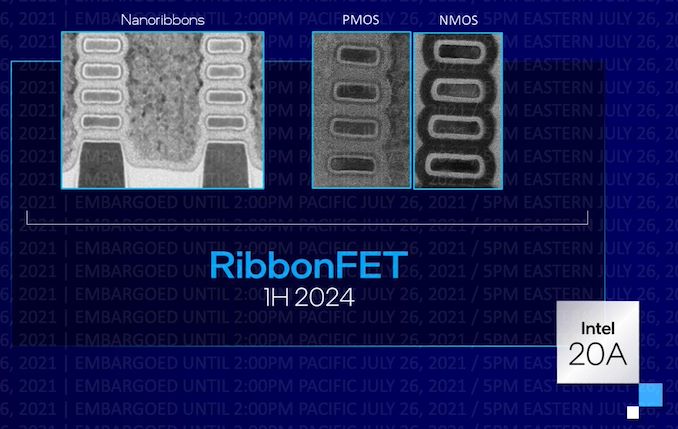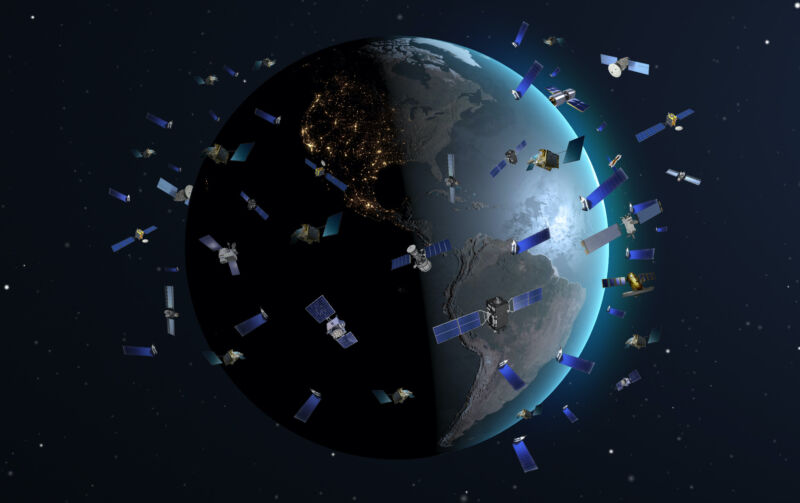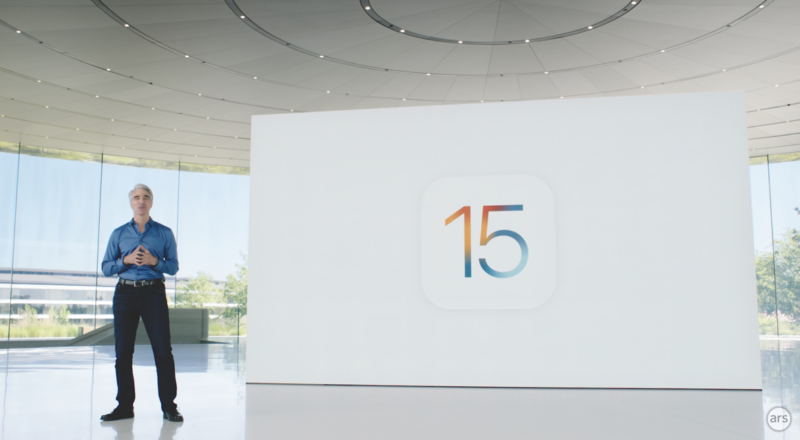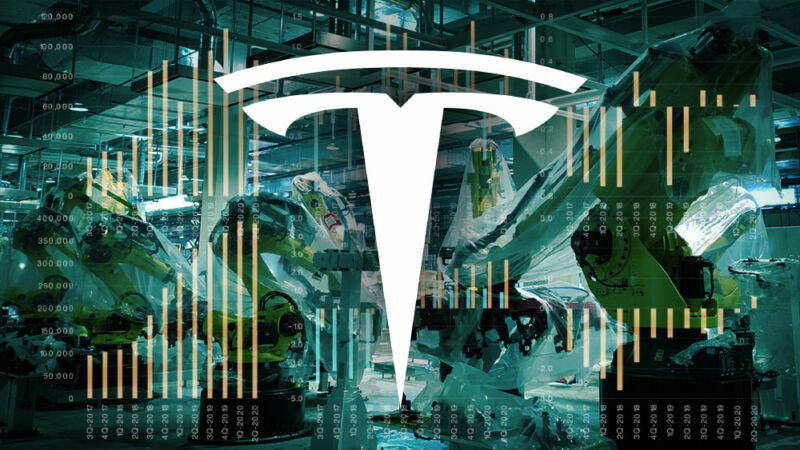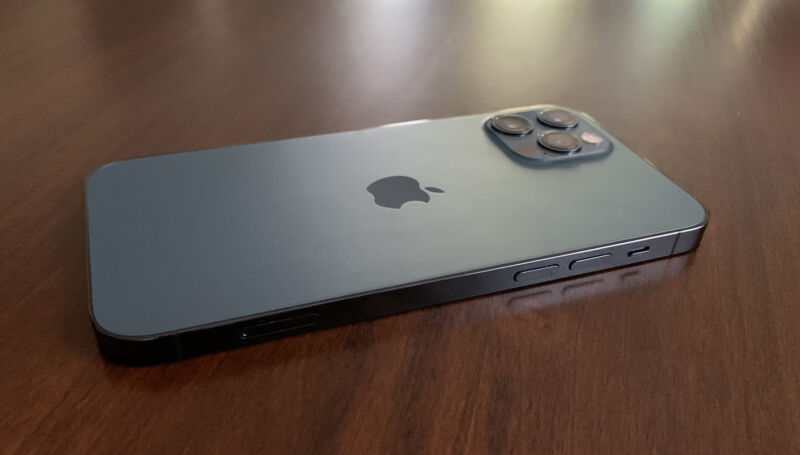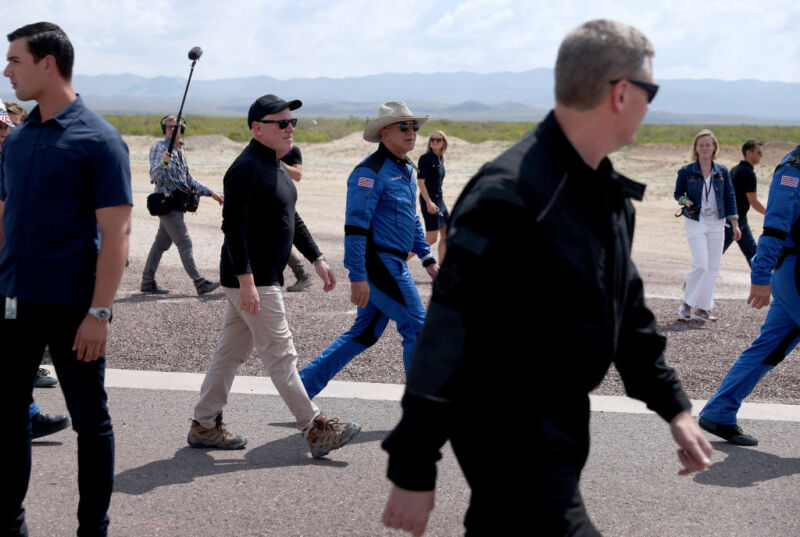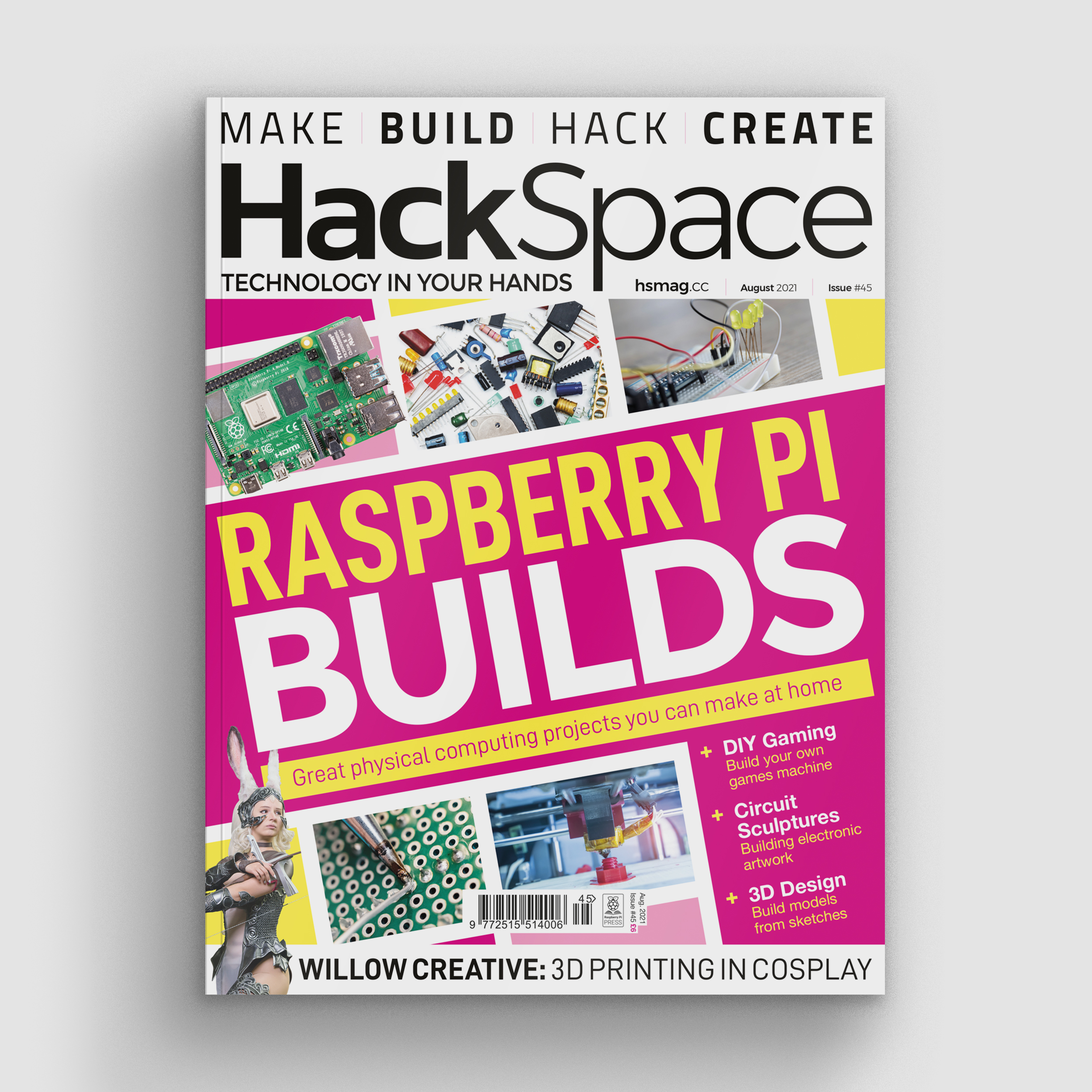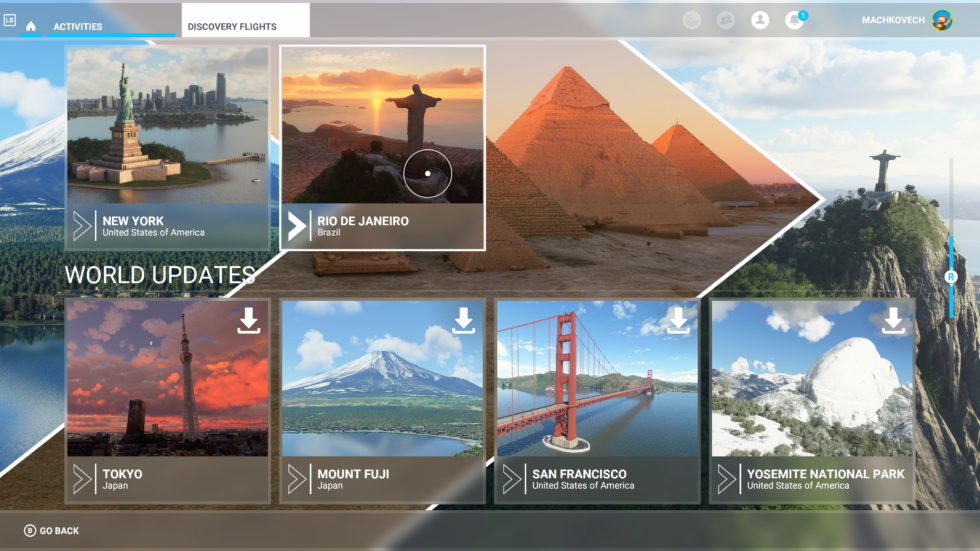Akihabara News (Tokyo) — The space race in Japan is gaining momentum as a myriad of startups have been established to industrialize and commercialize space ventures.
Some of the notable fledgling companies in Japan include Astroscale, Axelspace, Gitai, Infostellar, Interstellar Technologies, ispace, Skygate Technologies, Spacetide, and Synspective.
Astroscale was founded in 2013 by Nobu Okada in Singapore. This company works on the removal of debris from orbital space and the retrieval of end-of-life satellites. Some of its recent ventures include collaboration with Japan Aerospace Exploration Agency (JAXA) to remove orbital debris.
Axelspace was established in 2008 and is currently run by President Yuya Nakamura. This company designs and produces microsatellites and related components. The most significant project of Axelspace is its 2013 launch of the world’s first commercial microsatellite to monitor the Arctic Ocean. Since then, the firm has launched five more microsatellites for private businesses and for JAXA.
Spacetide intends to commercialize the space industry through the dissemination of information. The company was established in 2015, and it strives to normalize the integration of space into daily lives with a vision of driving the future of human society through the space industry.
ispace, founded in 2010 by Takeshi Hakamada, focuses on the sale and survey of Moon surface data. The company also conducts research and development for space resource development with the aim of constructing a sustainable Earth and Moon ecosystem. Some recent projects of the firm include its collaboration with JAXA to send a tiny robot to the Moon that will collect and convey data.
Gitai is another startup that focuses on this same field, including robotics in space development. Gitai was founded in 2016, and aims to reduce operation costs for travel to the Moon and Mars, as well as to construct space colonies.
Infostellar, established in 2016, is a cloud-based ground station platform that offers satellite operators a means to communicate with their satellites from a varied range of antennas from anywhere using an interface.
Synspective and Skygate Technologies, established in 2018 and 2020 respectively, specialize in similar facets of the space industry; namely, assistance of data recovery and delivery.
Interstellar Technologies, founded in 2003, is working to build a launch vehicle for small satellites under 100 kilograms. The company’s aim is to lower the costs and to commercialize space launch services. It’s most recent success was the launch of a space rocket called the Momo7, its third rocket to reach space.
Recent Space Industry Related Articles
Momo7 Rocket Launches Successfully
JAXA to Send Tiny Robot to the Moon
ispace Awarded NASA Contracts
Japan Startup Aims to Colonize the Moon
MHI Launches Emirates Mars Mission
The post Notable Japan Space Industry Startups appeared first on Akihabara News.
Source: Akihabara News – Notable Japan Space Industry Startups


